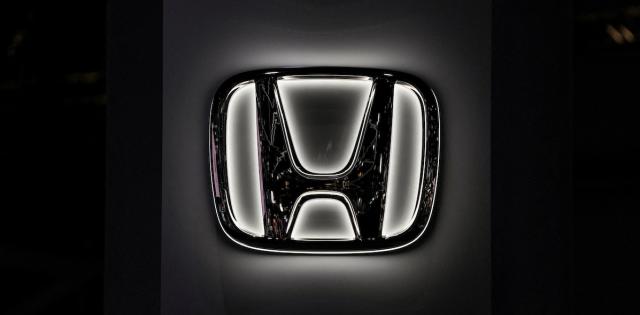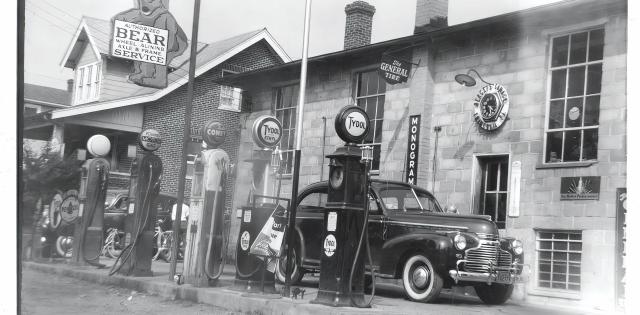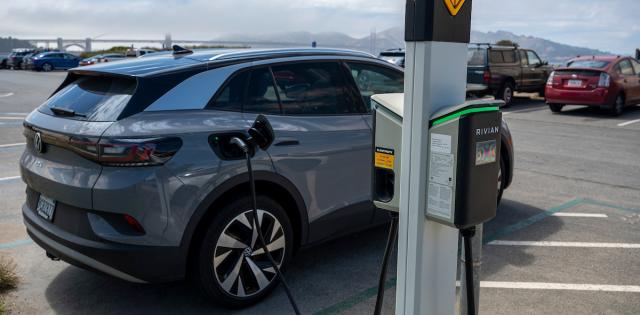There is no doubt that the way we market new vehicles has changed radically during the past few years. OEMs and franchised new-car dealers have more ways to spend their marketing budgets than ever before, and pinpoint e-commerce tools and digital targeting have enhanced these marketing advances. But one star continues to shine: auto shows.
In 2005, the average customer visited a dealership 6.1 times prior to purchasing a new vehicle. Today that number has dropped to 2.4 visits. So where do consumers go to actually touch and feel new vehicle product? Given their physical presence, auto shows are a unique, experiential channel where consumers, armed with information gathered online, can evaluate vehicles first-hand across all segments and brands.
And while auto shows measurably ignite consumer excitement for a brand, perhaps their greatest impact is on vehicle purchase consideration and brand loyalty—the two metrics that just so happen to matter more than any other in today’s ultra-competitive market. Auto shows do this by concurrently introducing new potential customers into a brand’s pipeline while reaffirming the brand’s unique value proposition for current customers in a meaningful way.
For example, we know that many millennials delayed their first new- vehicle purchase until later in life than previous generations. As a result, their introduction to OEM brands was delayed. But millennials today are buying new cars at a higher rate than they did a decade ago. According to a recent Strategic Vision report, the percentage of new-vehicle sales to consumers under the age of 35 was 19.3 percent. In 2007, it was 16.6 percent. And guess who’s coming to many auto shows at a higher rate than any other demographic? That’s right; millennials.
And they buy. Dr. Richard Waterman, a professor at the University of Pennsylvania’s Wharton School who has been examining auto show impact on consumers for 20 years, finds that auto show attendees are consistently twice as likely to make a new- vehicle purchase in the year following their show visit than the general population.
According to Foresight Research, auto show attendees cited show attendance as more influential on their purchase decision than digital advertising, direct marketing or event sponsorship. What’s more, among new-vehicle buyers who attended an auto show prior to making a purchase, 56 percent indicated their purchase was influenced by the show they attended, with 21 percent of buyers attending an auto show purchasing a brand they were not already considering before the show. And of those who reported they would be in the market to buy a new vehicle within a year of attending one recent auto show, 90 percent said their auto show visit had influenced what vehicle they would ultimately purchase.
The numbers simply don’t lie. When it comes to generating meaningful consumer experiences that enhance purchase consideration and brand loyalty—and that lead to sales—local-focused content and events are king. Local and regional auto show organizers and involved dealer groups know what will move the needle, and an OEM has the opportunity to communicate with current and potential consumers in their own backyards, often with local brand representatives who speak to consumers in terms with which they are comfortable and who will heighten their relationship with the brand.
Unfortunately, a number of OEMs have recently decided to pull back their investments in auto shows— often in favor of new digital tools. And while digital’s potential for marketing is growing, the gritty reality is that many consumers require an in-person experience with a product before purchase.
Luckily, OEMs don’t have to reinvent the wheel. America’s auto shows are a proven investment that pays high dividends, not just in raw sales but in brand excitement and customer experience—particularly when consumers are questioning whether the time is right to buy a new vehicle at all. This is why smart automakers don’t see auto shows as a relic of the past, but rather as a launchpad for their digital marketing prowess.
It is true that show costs have unfortunately escalated in recent years—as convention centers have raised rates, displays have become more sophisticated, and the cost of logistics continue to rise. But that’s no justification for throwing the baby out with the bathwater. And the brand gurus know this. There’s a big difference between expenses and investments. We hope the OEMs come back around to what dealers know and what the numbers show: Auto shows drive sales and brand loyalty.
Let’s find a way to harness that reality and make auto shows work better for us. The numbers clearly tell us that showing the metal is still the best way to move the metal.













